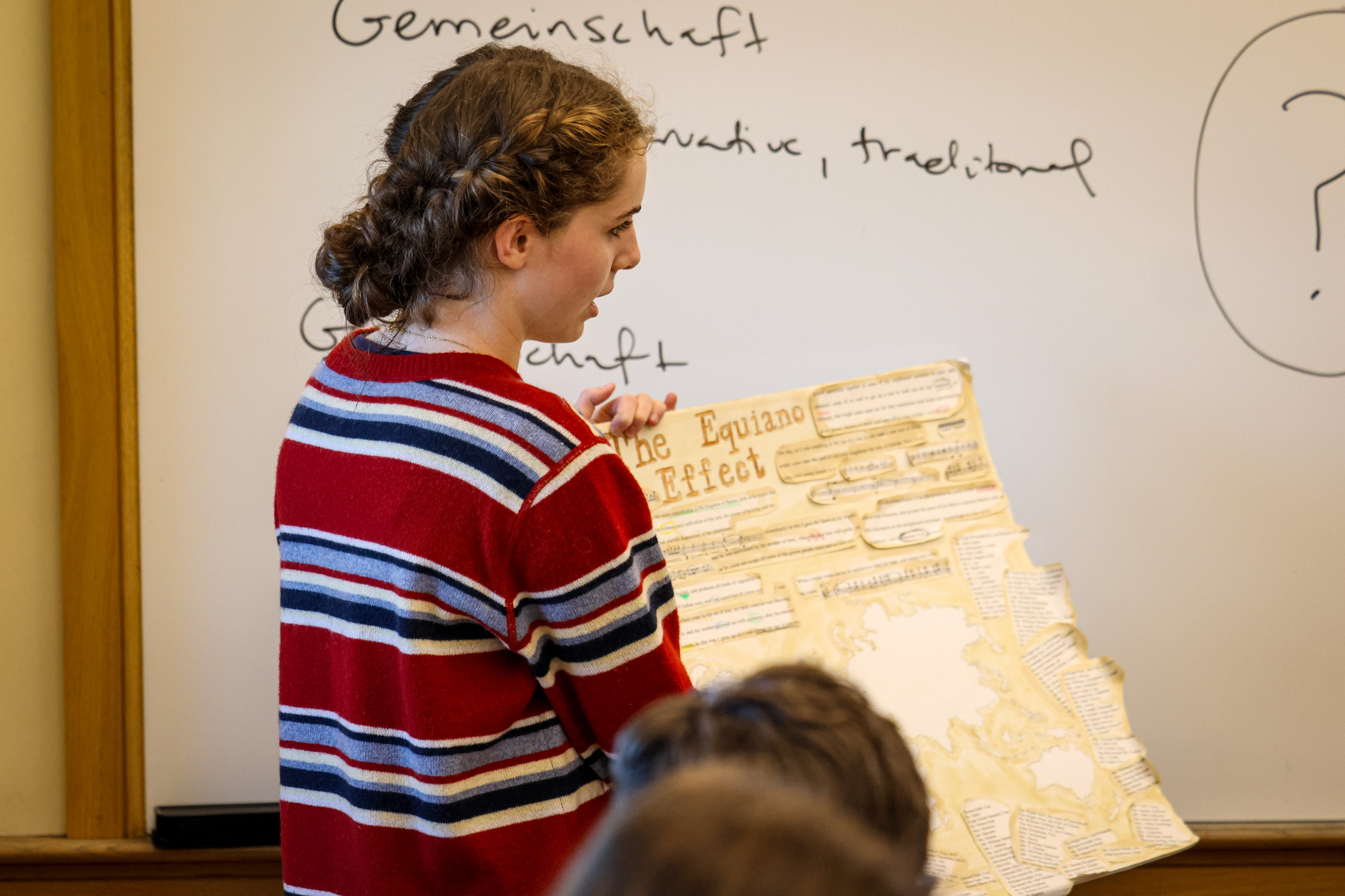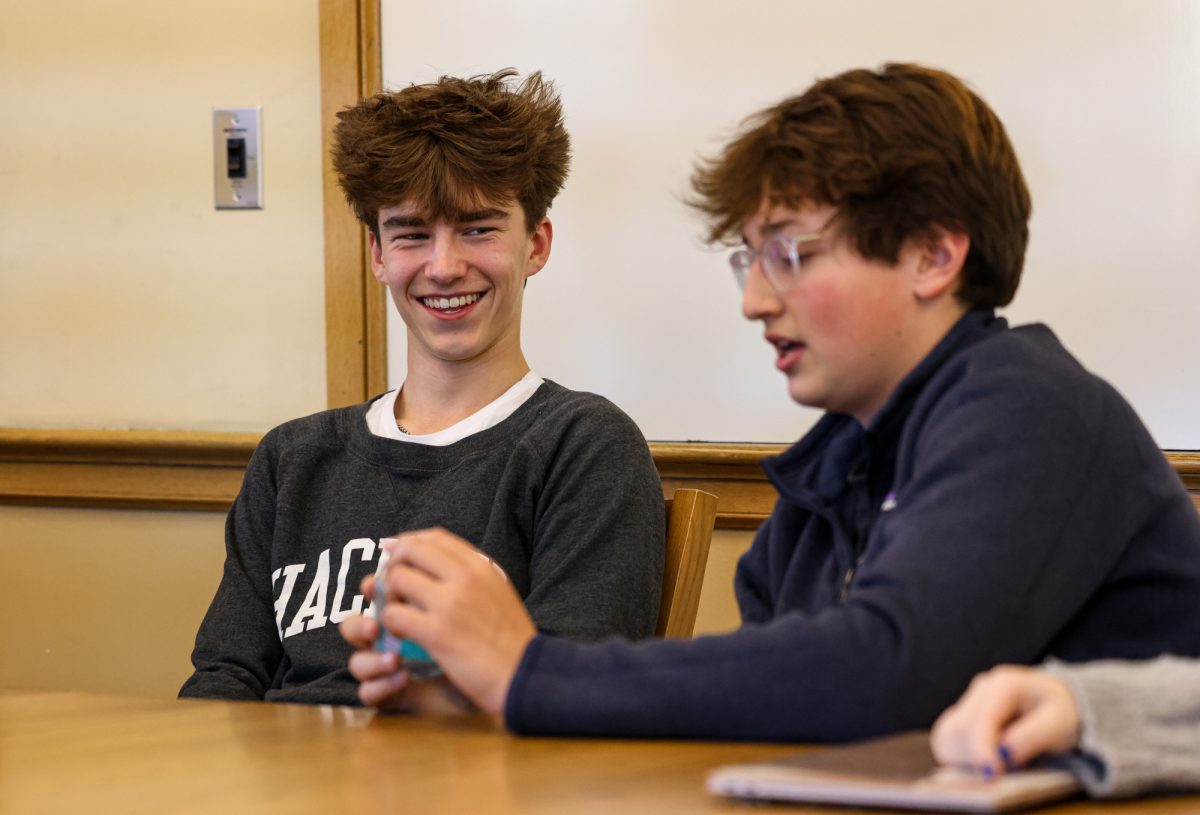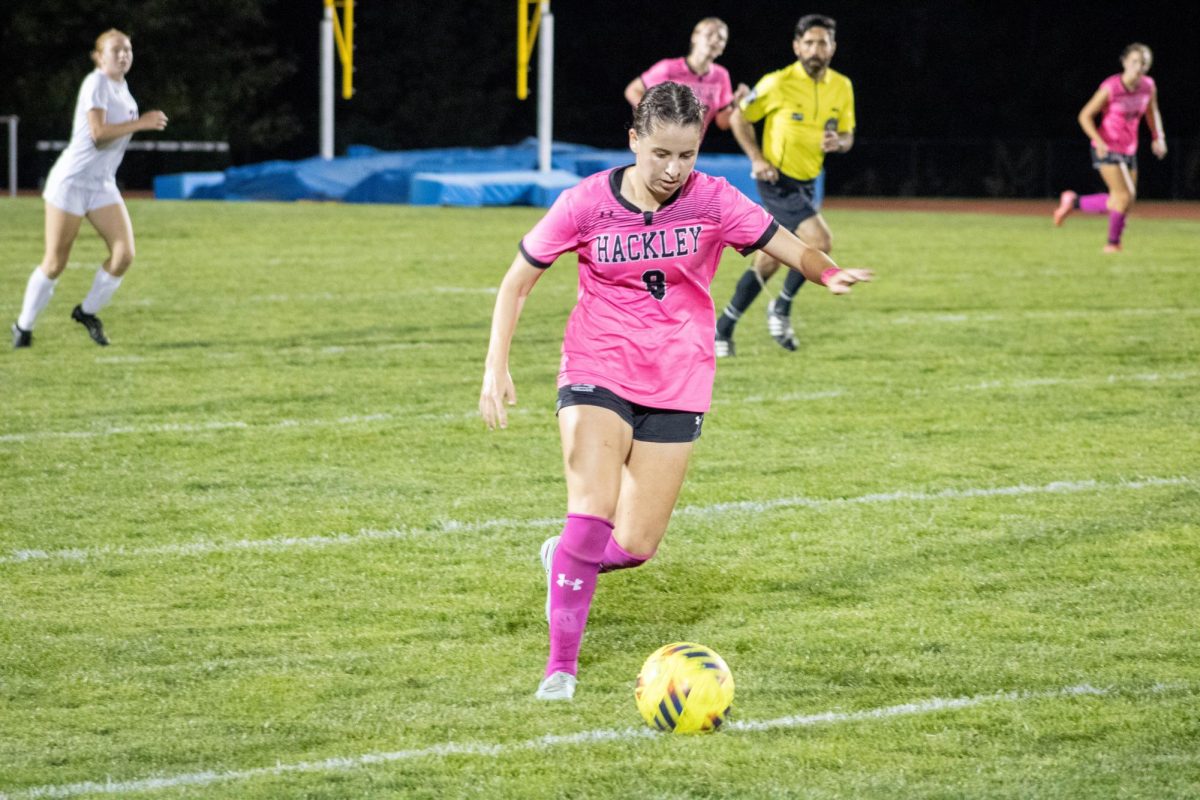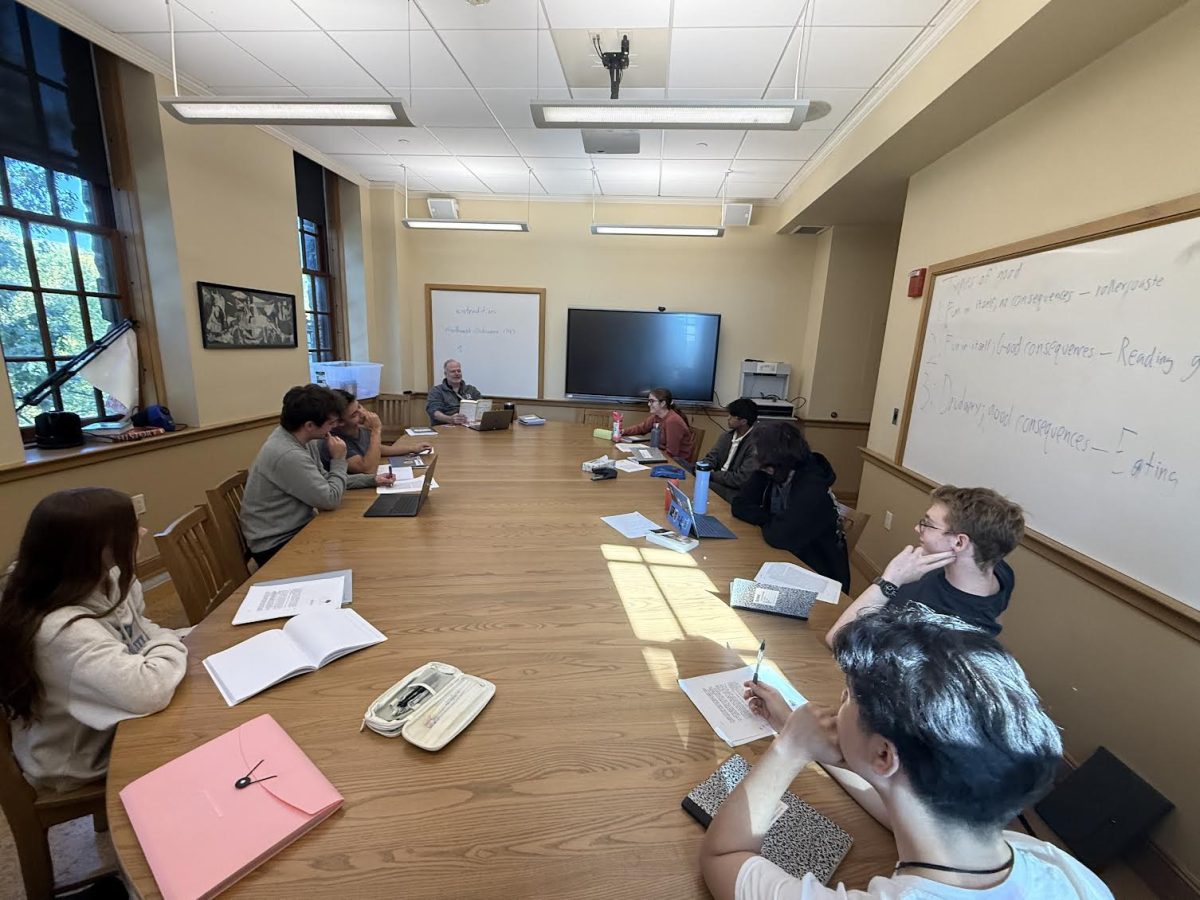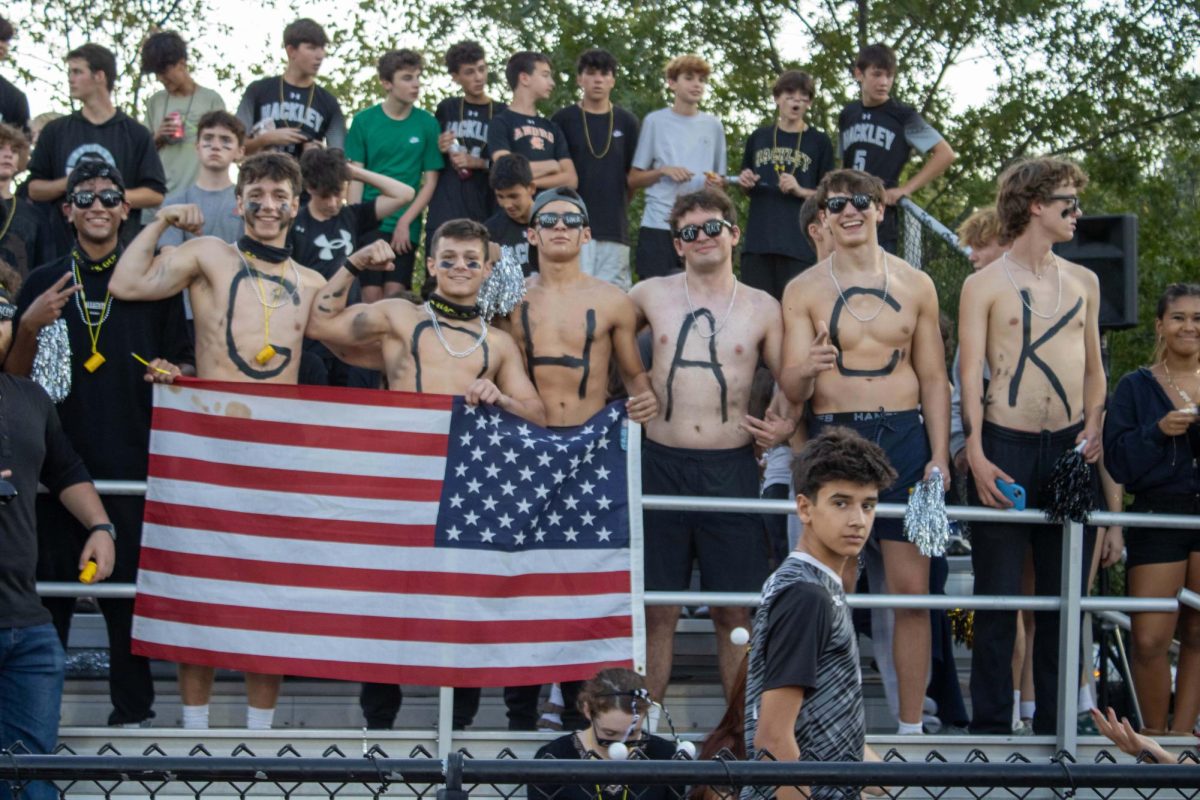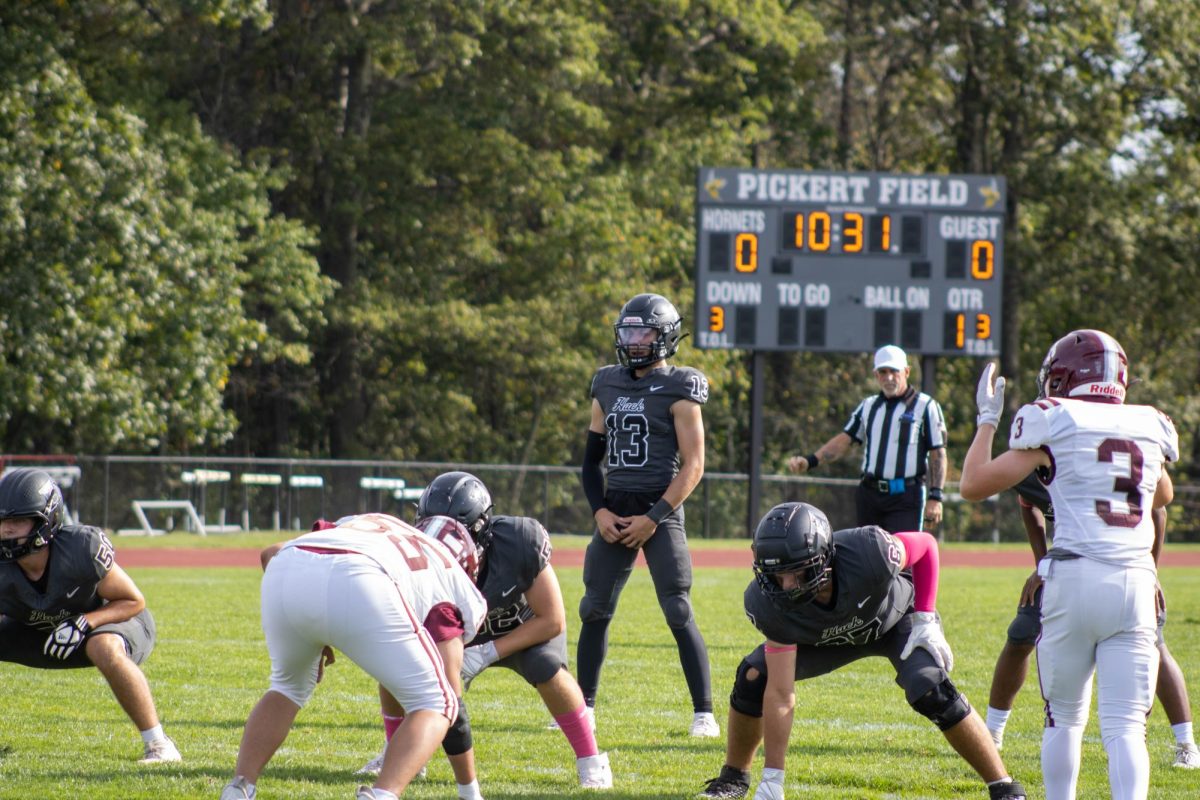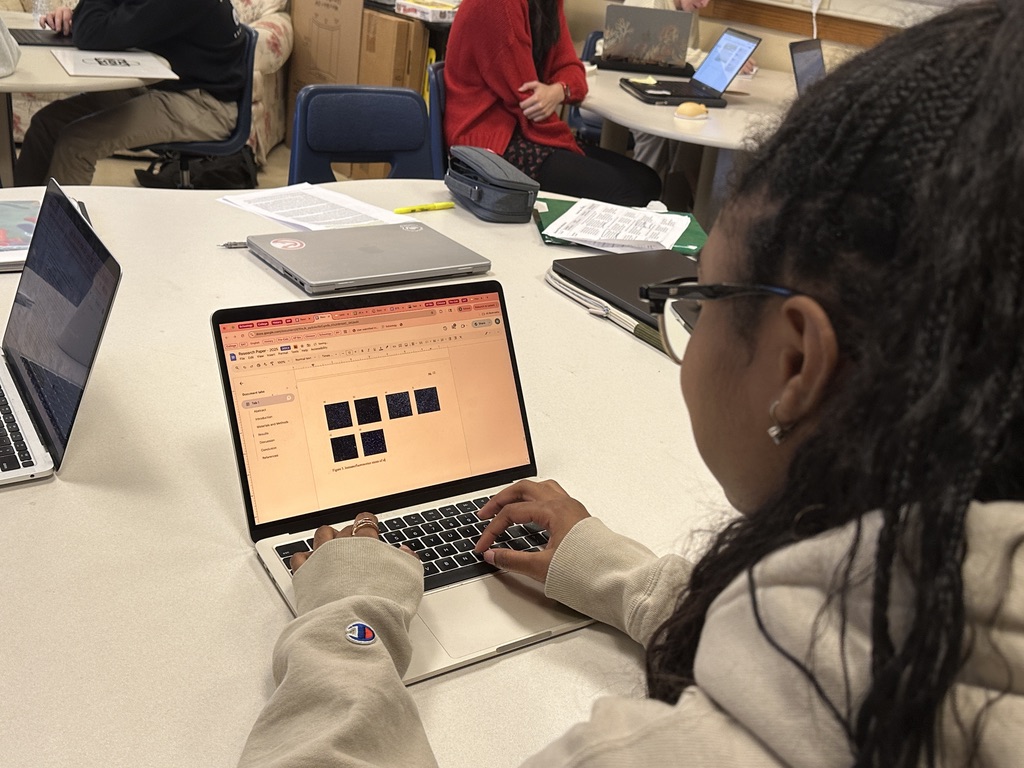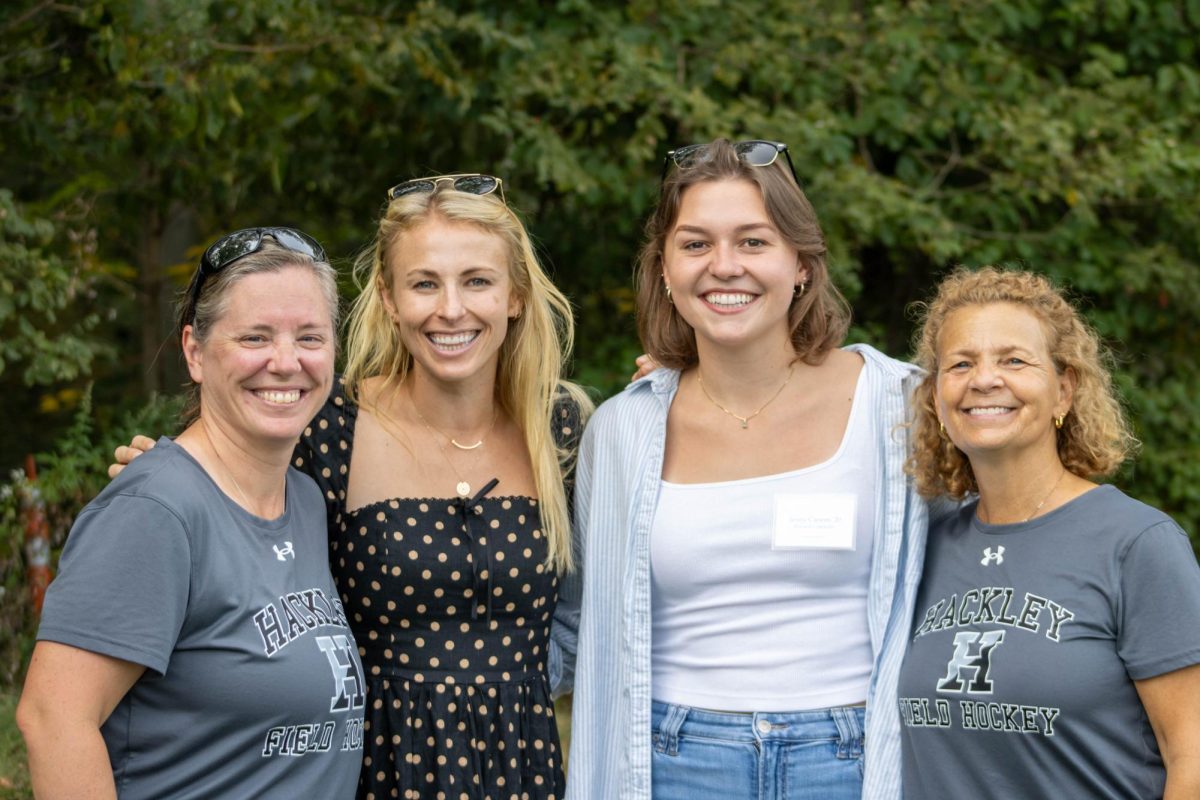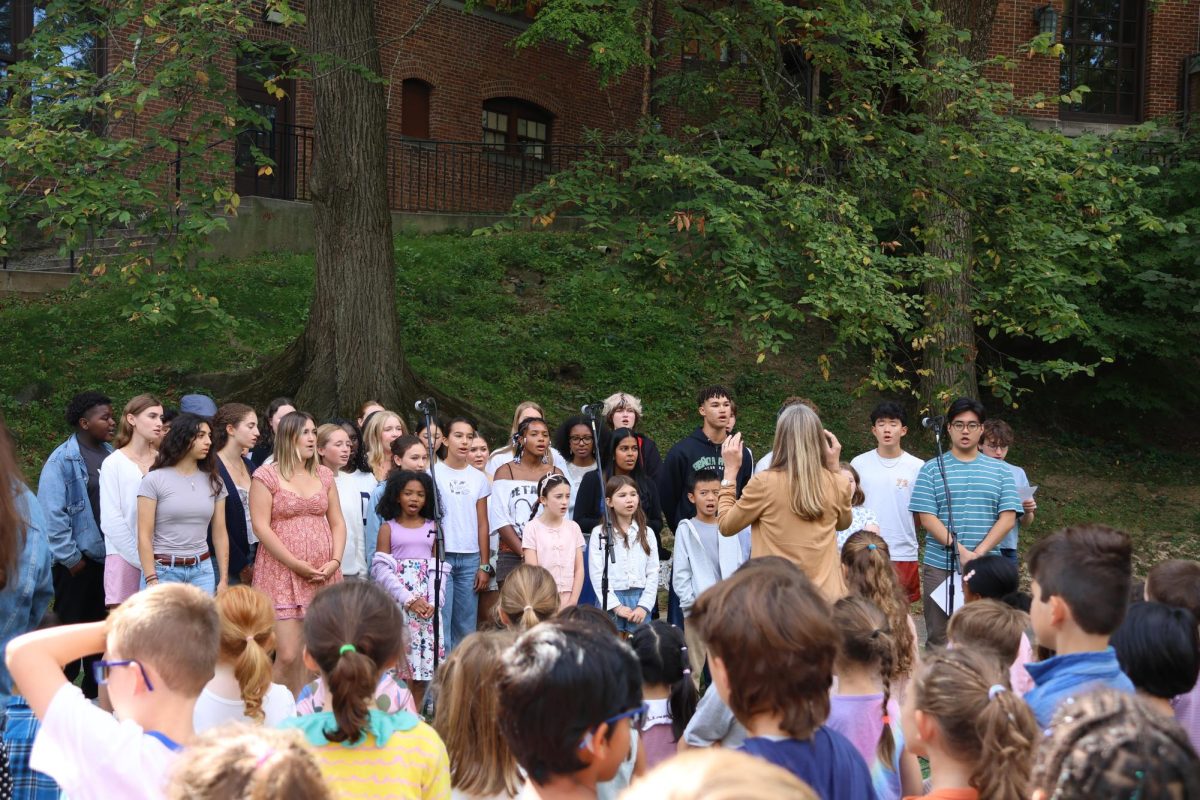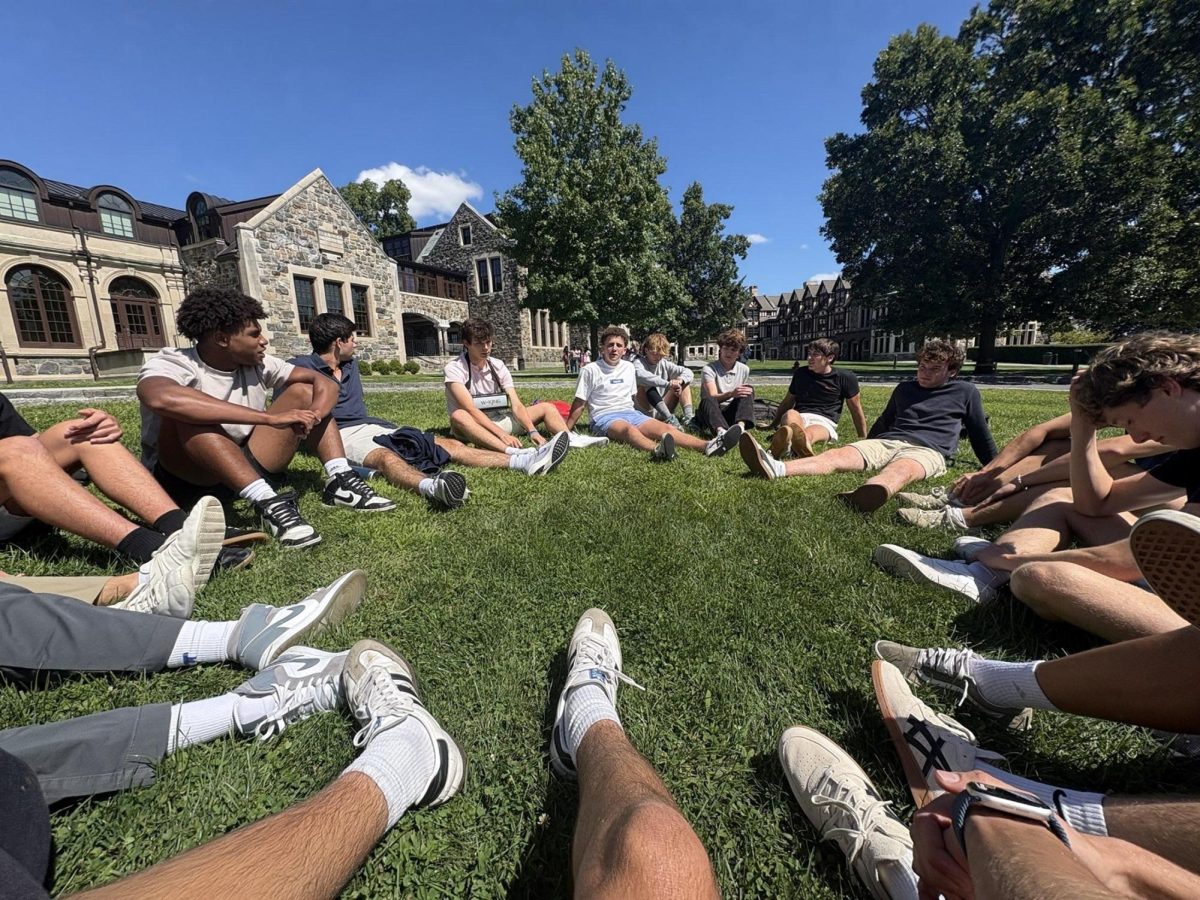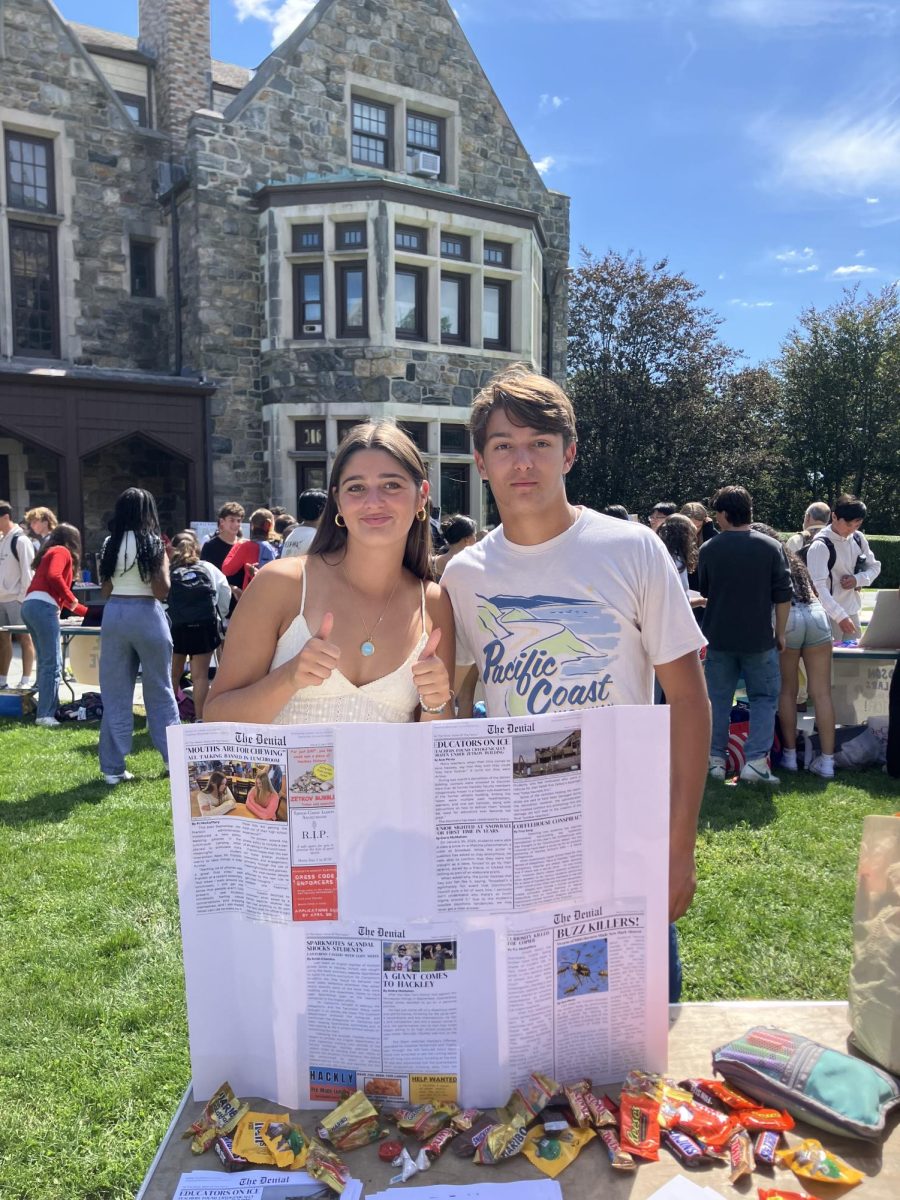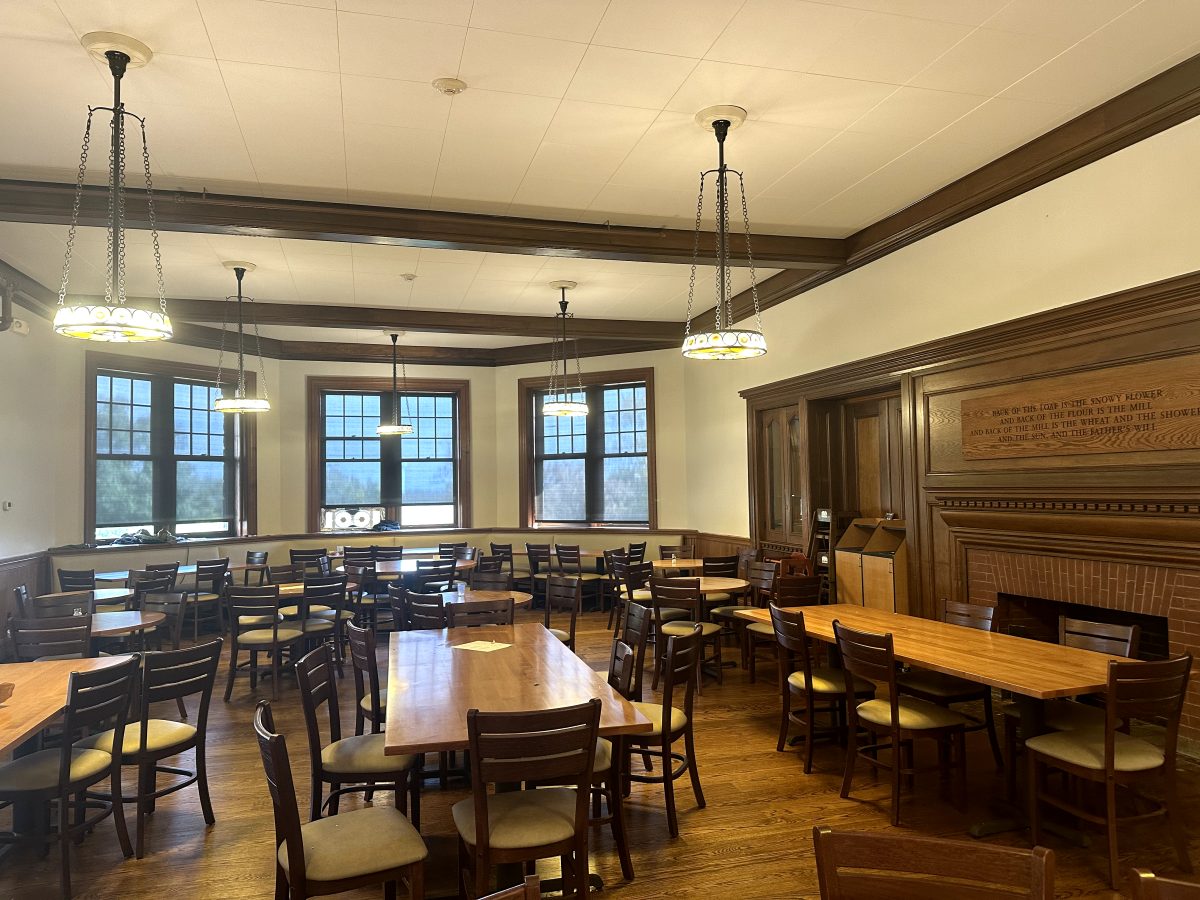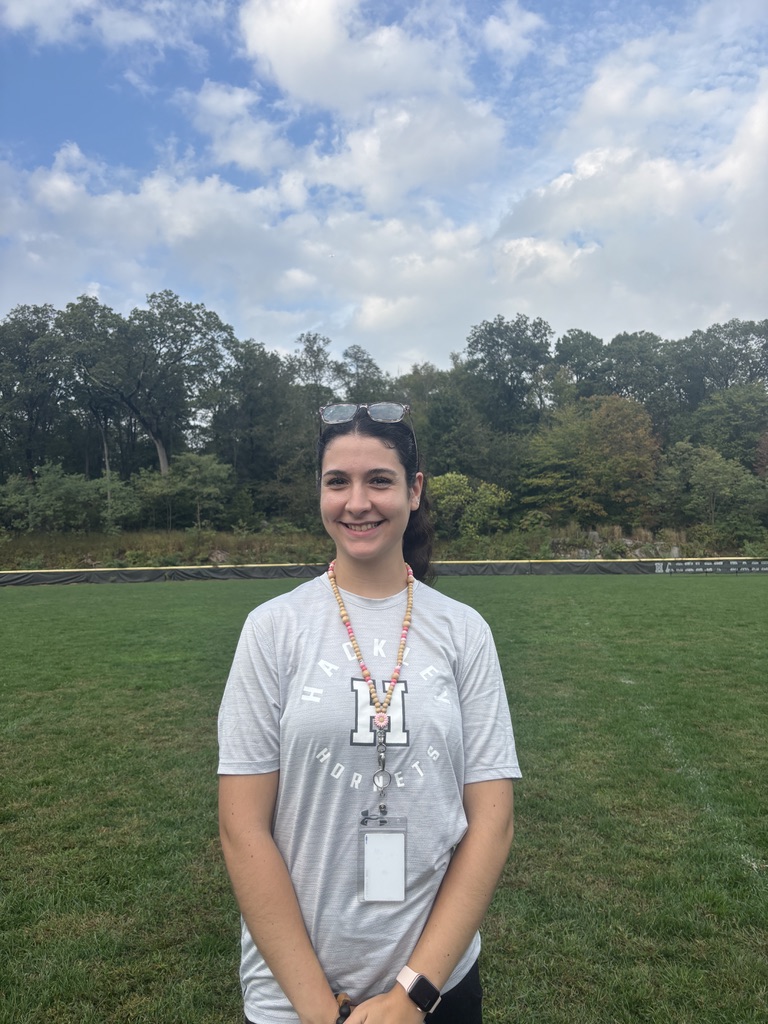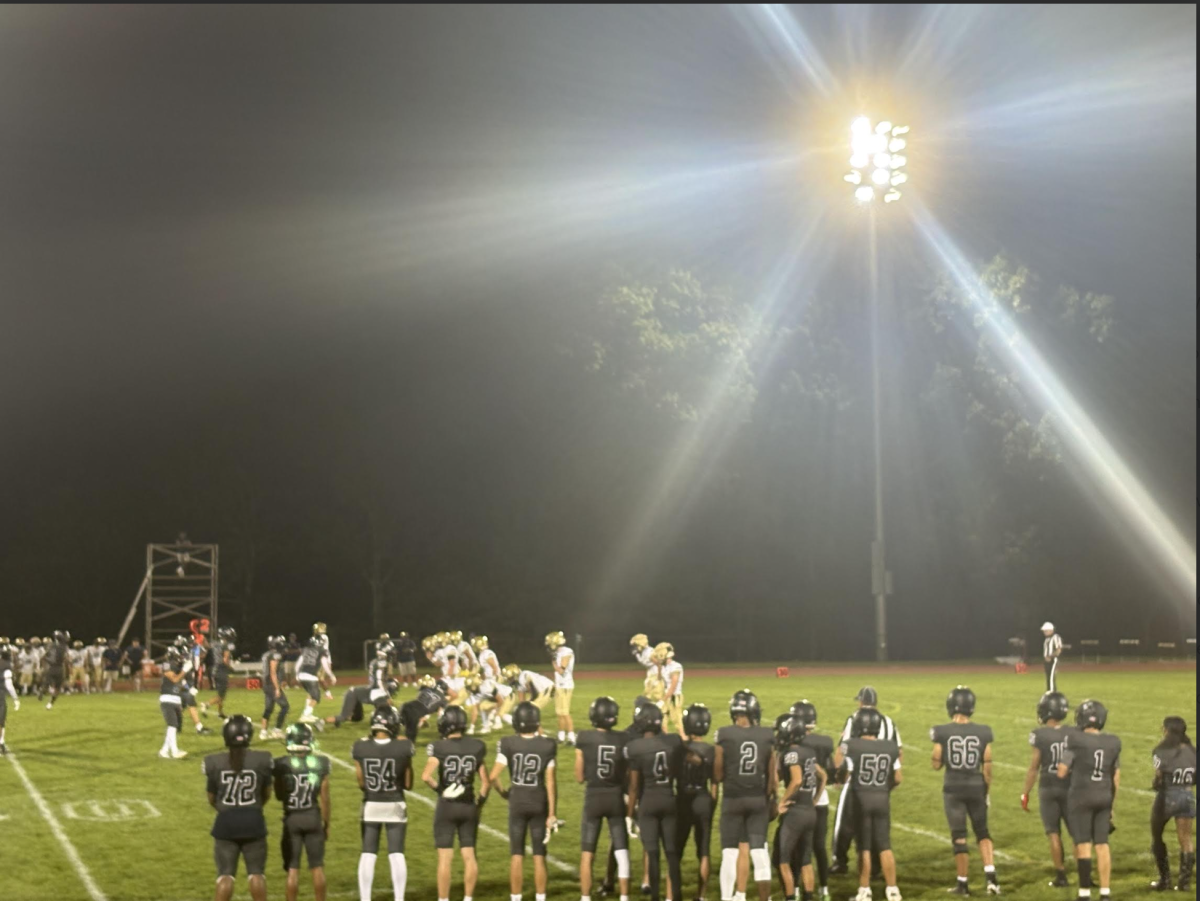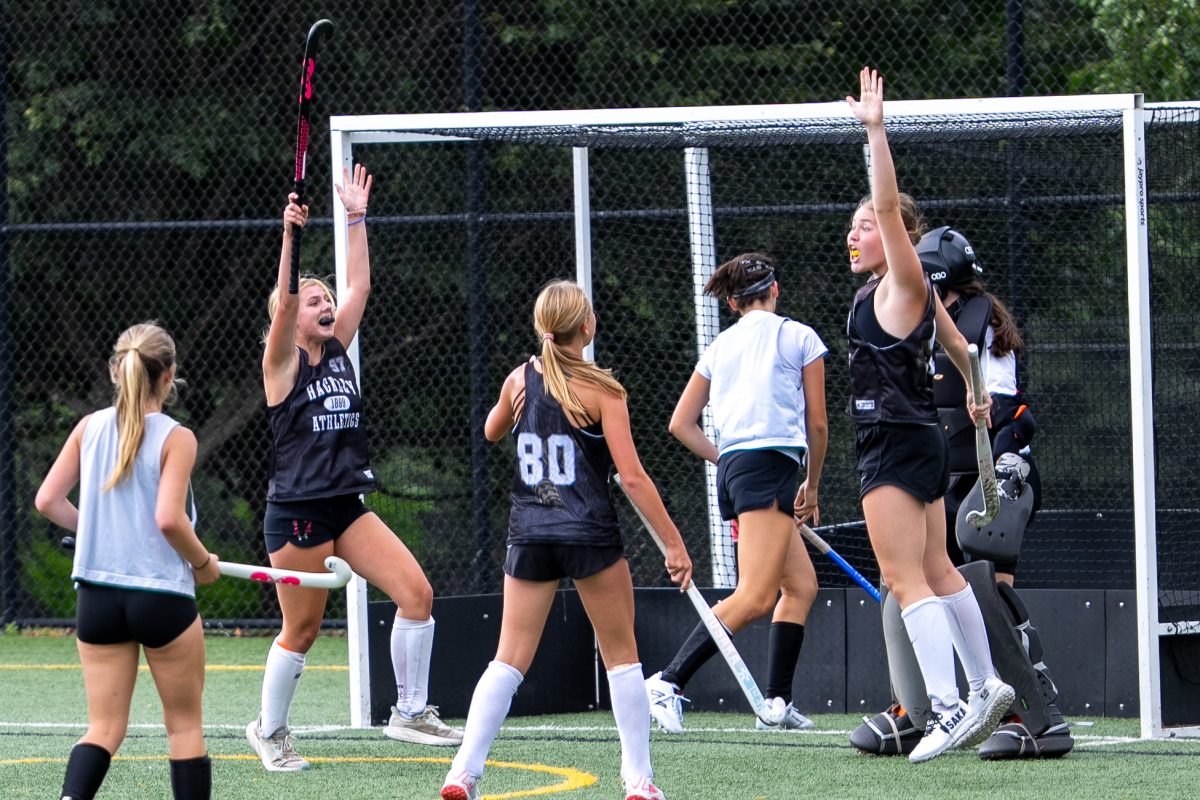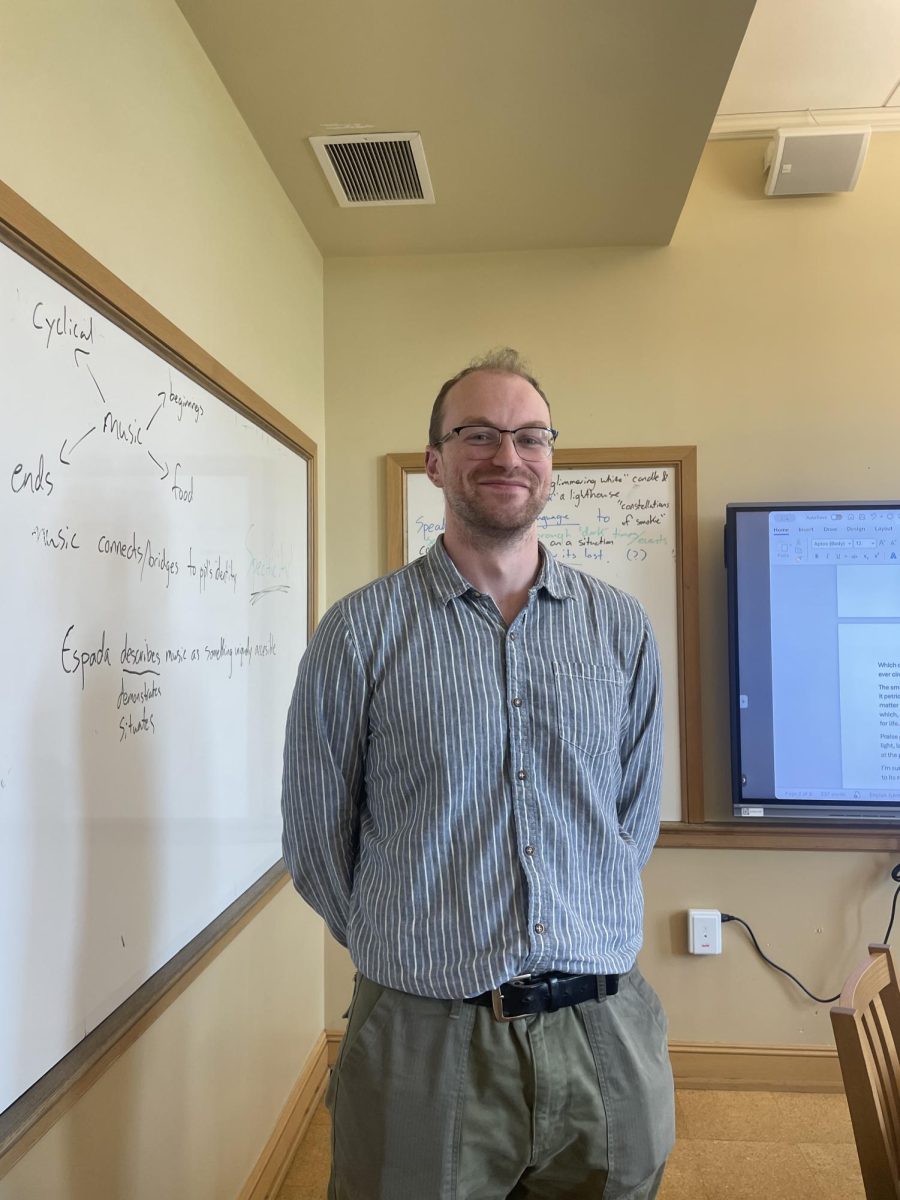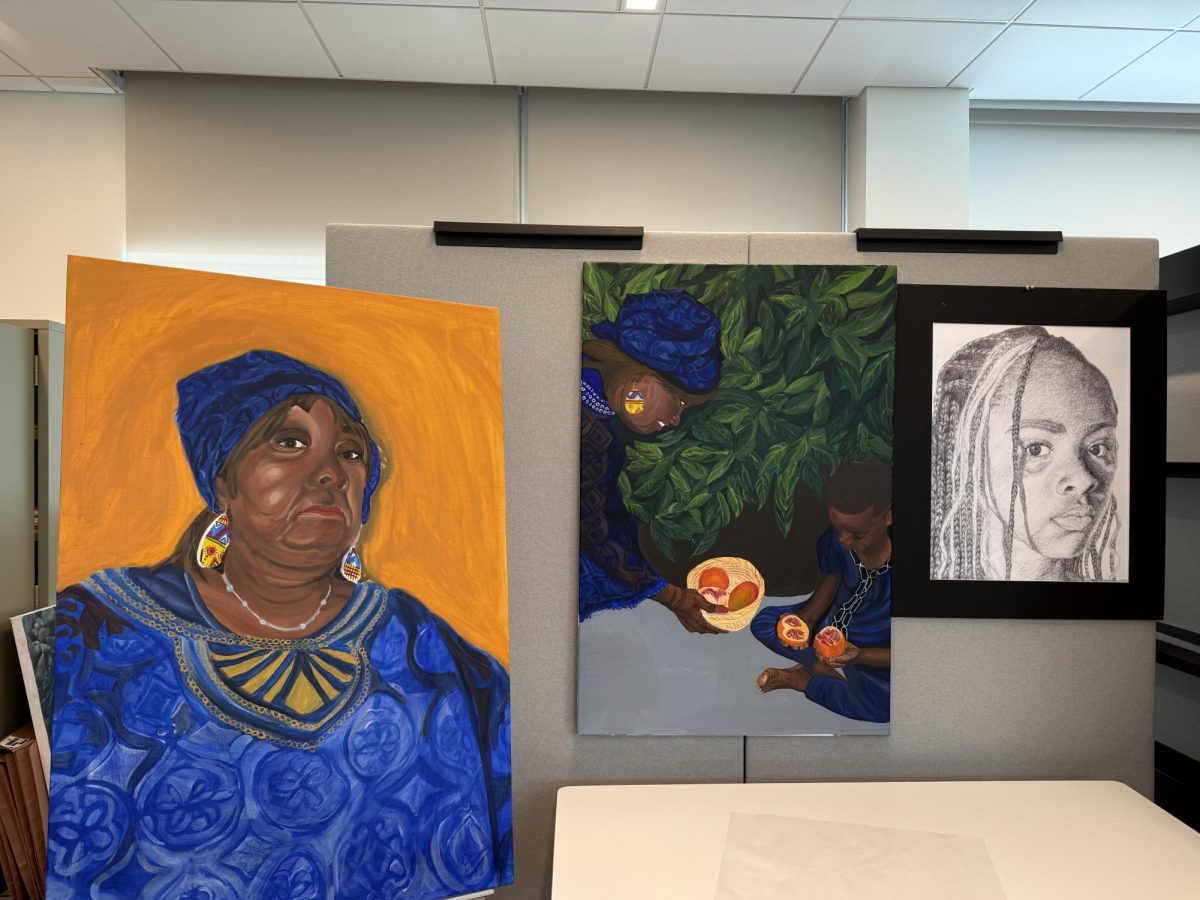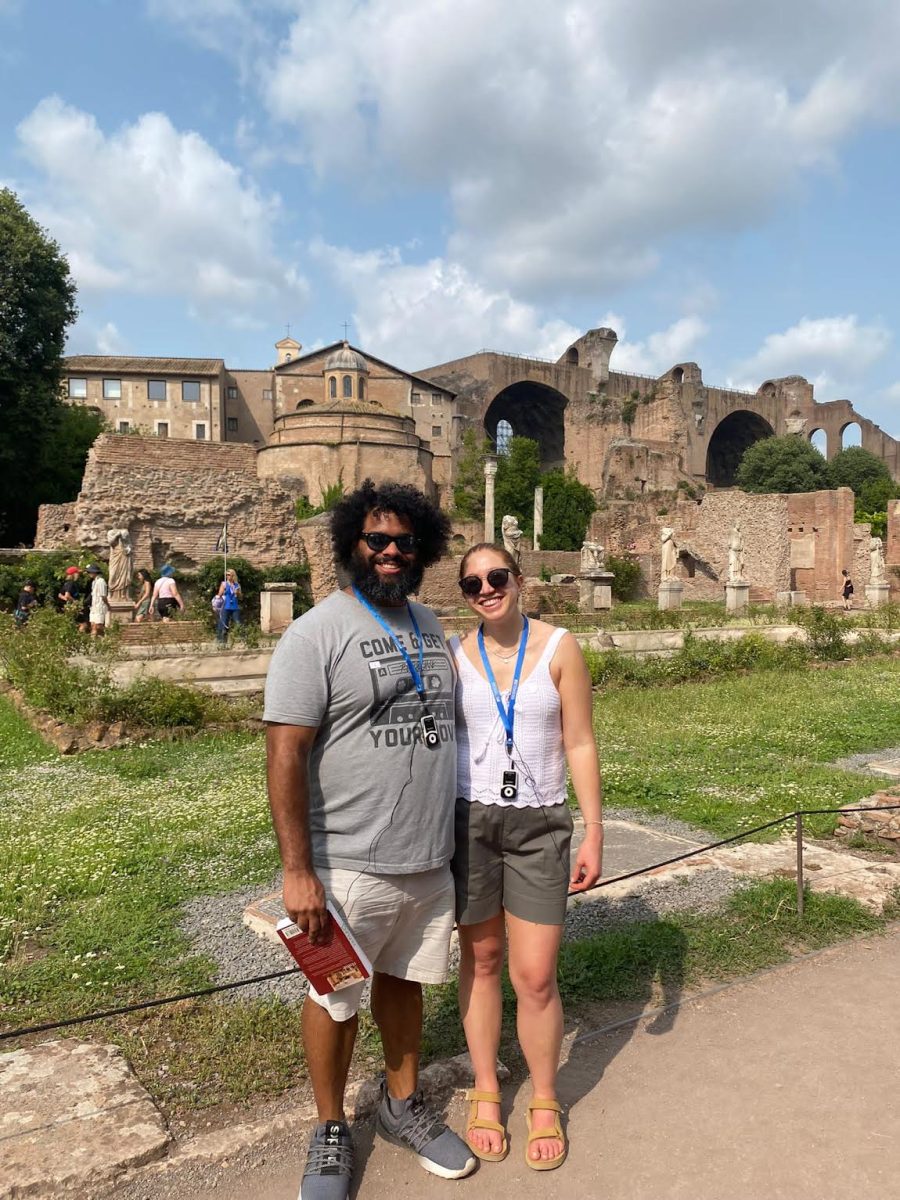Take a little bit of the U.S. History class, the 20th Century World course, some of the topics from the old freshman history course, and tie it all together with some new topics, you get the basis of the newly designed history course for ninth-grade students.
When Chris Loomis was named the new History Department Chair, the only course he hadn’t taught was the History 9: Sources of Modernity course. He had, and still will, teach 20th Century World History, along with the elective History of Media and Culture, and starting this year, he is teaching another course: World History I 1650-1919.
What is the new course?
This new course, “World History I, 1650-1919,” will feature topics and units from the two other required courses, the old “Sources of Modernity” course, along with a few new units. One of the new units is on industrialization, a topic key in the U.S. History and 20th Century World History courses.
The main focuses of the course include learning about the revolutions of Haiti and France throughout the 1790s, looking into the social networks of 18th-century England and 19th-century Japan, and visiting the courses of China in the 1900s.
To cap off the year students will also learn about colonial encounters in Europe, the Americas, and Africa, leading them into the next year’s U.S. History course. Material and topics in the course were selected by the ninth-grade teaching team consisting of Mr. Loomis, Mr. Noah Knopf, and Mrs. Melissa Stanek.
So far, students have appreciated the change and find that the new course allows them to hear different perspectives of stories they have heard about before at Hackley and other schools.
Freshman Solomon Reichgott thinks highly of the course, “It allows us to learn how nations other than the United States are affected by the same events that we see in U.S. History.”
Behind the Change
After years of having upper school students take the same three courses, “Sources of Modernity” in ninth grade, “U.S. History to 1900” in tenth, and “Twentieth Century World” as an upperclassman, the history department decided to redesign the ninth-grade course.
All three of the Upper School history courses will involve a research paper, a variety of assessments, essays, and an exam. The ninth-grade course is unique in the fact this is many Hackley students’ first instance of these assessments, and the course is an opportunity to prepare for their subsequent coursework in their history classes in the upper school.
One of the reasons behind the change to revamp the course was the heavy dose of European history that was included in the curriculum. For much of the year, freshmen would learn about European topics, such as the Middle Ages, the Enlightenment, and the French Revolution. Among them were also units on Central & Southern American history, Middle Eastern & Asian development, along with the Transatlantic slave trade.
“One part of our school mission is to help students understand and consider different perspectives, and think about what it means to study world history and the department’s mission to execute that,” said History Department chair Chris Loomis.
Aiding the decision was feedback from students in the respective sections at the end of the year, allowing the department to highlight where the course could be improved.
“Part of that was looking at and evaluating the curriculum, listening to students, and the feedback was around the questions and concerns surrounding whose stories get told, and whose stories are listened to,” Mr. Loomis said.
Faculty teaching the subsequent history courses also gave their feedback to the department in the decision. Mr. Loomis highlighted how many teachers found that they have to take time out of classes to backtrack and recover some topics, including industrialization, which is now covered in the new freshman course. With the new freshman course covering more prerequisite information, the department hopes that they can now cover more material and dive further into the 20th Century.
While much of the material of the course is new, the course does have some constants from its predecessor. Many of the old units have been kept and reshuffled, primary sources reused, and readings rotated in. Students will also still read the popular historical novel Things Fall Apart, and will still write the capstone research paper in the spring.
When they found out, many sophomores who took the course weren’t as aware of the change, some even surprised that the department made the change.
“I really liked the class and was surprised to learn that the department changed it,” said sophomore Lara McComiskey, who was in Mr. Loomis’ section last year.
Preview of More Changes Potentially to Come
With the changes made to the ninth-grade curriculum, the department also considered and will potentially make changes to the subsequent courses for when the current freshman class gets there. Major changes won’t likely reach the U.S. History course but the topics may fluctuate depending on the scale of information taught in the prerequisite course. Another reason is also due to the reasoning that materials no longer covered in the freshman course won’t affect students in the tenth-grade course.
Changes, however, may reach the 20th Century World course. Mr. Loomis said the department will likely be able to continue its studies of the century past the Cold War, with the time they will gain from not having to backtrack and recover information. Another consideration currently for the department is renaming the course to World History II, to better align the course with the freshman class.
It will take time to see how the new course plays out at Hackley, but the history department hopes the change will maximize student learning and allow for more learning opportunities while expanding the places and stories that were previously unheard.


